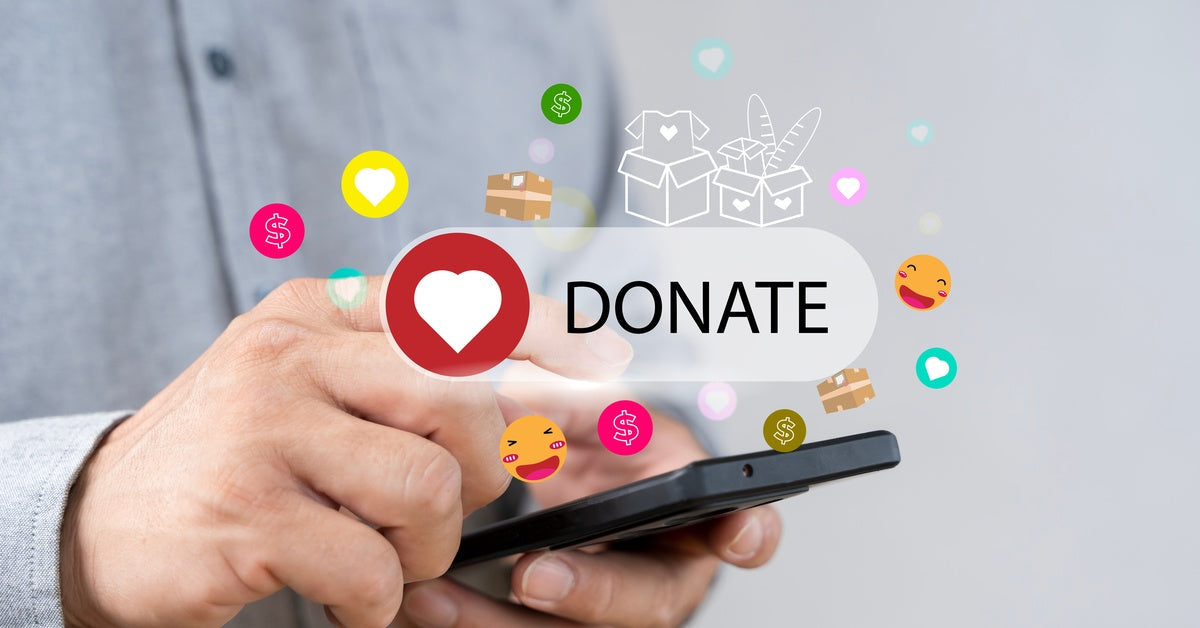Social media has transformed the way nonprofits can connect with donors and rally support for their causes. With many active users on Facebook, Instagram, TikTok, and LinkedIn, nonprofits have never had more opportunities to share their impact and inspire generosity. If you’re wondering how to take full advantage of social media to boost donations, here’s how nonprofits can do it.
Tell Stories That Resonate With Your Audience
Sharing stories about the people, communities, or causes your nonprofit supports can create a deep emotional connection with your audience. Use powerful visuals and compelling captions to highlight the impact of your work. For example, instead of stating, “We’re raising money for school supplies,” share how a 25-dollar donation helped a single mother send her child to school with a backpack full of supplies.
On Instagram, reels or stories can make these moments even more engaging. Pair them with captions like, “See how your donations change lives!” to foster deeper engagement. Ultimately, building narratives that your audience connects with makes it easier for them to support your mission.
Host Livestream Events To Increase Engagement
Hosting livestreams is another way that nonprofits can use social media to boost donations. Platforms such as Facebook Live, Instagram Live, and TikTok provide stages for fundraisers, behind-the-scenes tours, or real-time updates from project locations. For example, nonprofits working on disaster relief can use these tools to showcase donations in use.
During a livestream, encourage viewers to donate by adding links to your fundraising page or setting up donation buttons. It’s also best to create an interactive live session, where audience members can ask questions or share their thoughts to boost engagement further.
Engage Through User-Generated Content
Encourage your audience to share their experiences and content related to your nonprofit. Supporters can post pictures with your hashtag or share stories about how your cause impacted them, which builds stronger community connections and broadens your reach.
For example, in a tree-planting campaign, invite donors to post photos using a hashtag like #PlantingForChange. Repost their content on your accounts to attract new followers and show your existing donors you value their contributions.
Create Campaigns Around Purchase-Driven Donations
Donors understand their impact when contributions link to tangible items. Develop campaigns centered on specific needs, and show how wholesale donation items address those needs effectively. For instance, explain how 100 dollars covers a bulk purchase of backpacks or school supplies for an entire classroom.
Show donors the value of wholesale purchases with clear dollar-to-impact metrics, like “$75 supplies 25 winter blankets for homeless shelters.” Work directly with wholesalers to maximize every contribution and ensure each dollar stretches further.
Use Recurring Campaigns With a Call to Action
Consistency creates familiarity, and familiarity builds trust. Establish recurring campaigns tied to specific calls to action, such as monthly giving appeals or seasonal fundraisers. For example, launching a “30 Days of Giving” campaign on Instagram or Facebook could encourage followers to set up recurring donations during the holidays.
Share frequent updates on campaign progress. Posts like “We’re 80% there thanks to donors like you!” create urgency and inspire others to reach that final goal.

